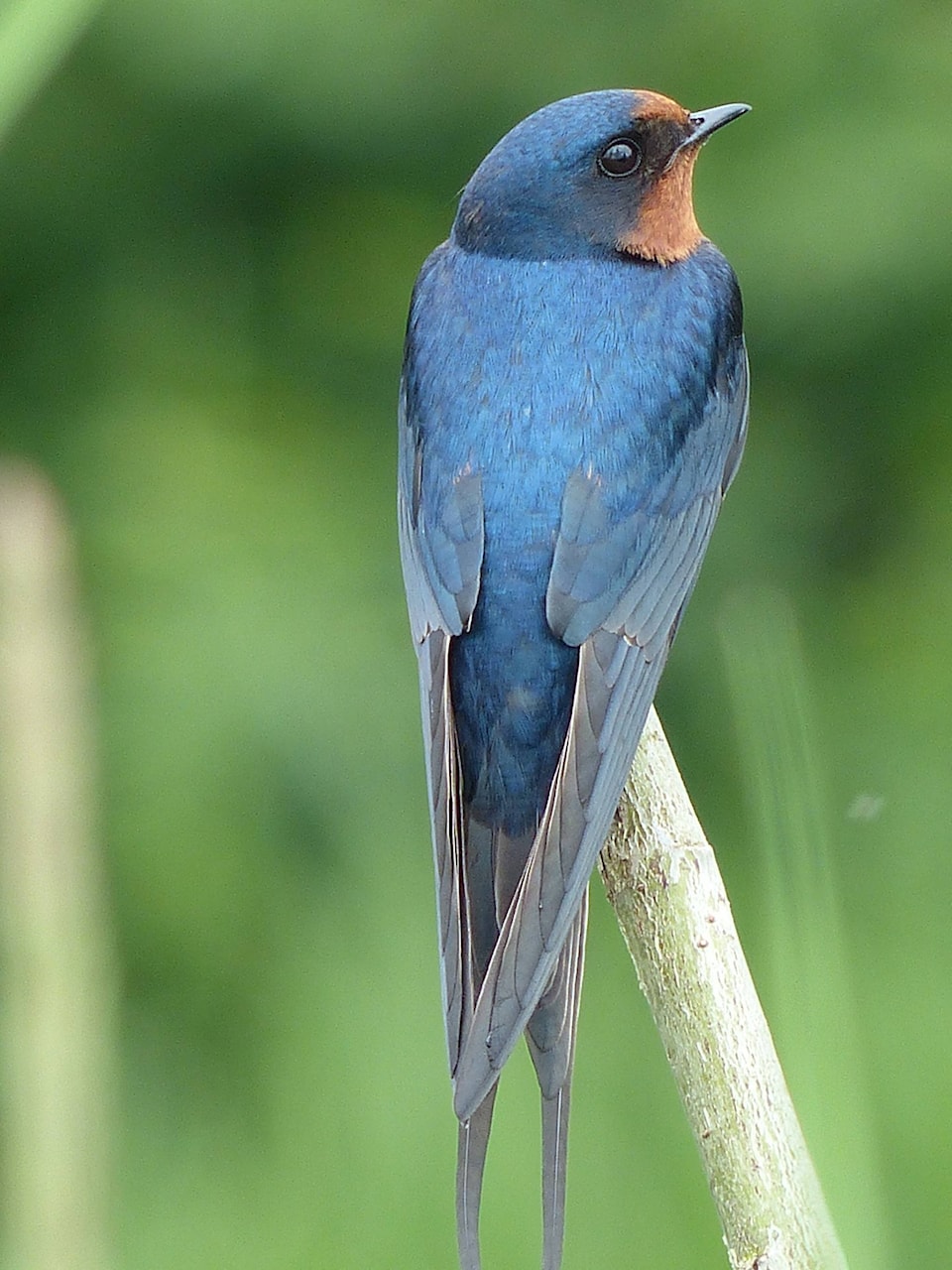Barn swallows have come back to Harrison recently. You may have noticed more of these blue-backed, orange-breasted birds flitting about among the other spring fauna
After making their way from Central and South America, almost 10,000 kilometres away, swallows settle in their nests of mud, grass and feathers to breed.
Barn swallows have sharply dipped about 76 per cent in the last 40 years, due in part to human interference in habitat, nesting and exposure to pesticides. Janne Perrin of Harrison Hot Springs said she’s observed a significant decline even in the just 10 years.
RELATED: Bioblitz brings science to Spring Park
RELATED: Barn swallows return to the Fraser Valley
“We view the nests as dirty and messy,” Perrin said. “A little ingenuity, using newspaper and a shelf, takes care of the mess and lasts about 10 days as the young birds prepare to fledge. Considering these birds can consume over 5 million insects per nesting season, inviting a family of them into the backyard provides free insect pest control!”
Swallow eggs and nests are protected under the B.C. Wildlife Act, prohibiting their disturbance and destruction.
The cup-shaped nests, often found in rafters, building eaves and under bridges, nests are typically built between April and June. Swallows will generally be found near water, where they can hunt for beetles, mosquitoes, moths and other pests. A single barn swallow can eat an insect per minute, which would equate to roughly 850 per day factoring in resting time. The birds typically make about 29 visits to their nests every daylight hour, making roughly 400 trips per day. It takes approximately 18 to 23 days for a hatchling to leave the nest. Once the first brood can fly, a second brood is often reared with its older siblings assisting in feeding.
These birds can be found frequently around Harrison in particular before they head south in late September.
adam.louis@ahobserver.com
Like us on Facebook and follow us on Twitter
Want to support local journalism during the pandemic? Make a donation here.
